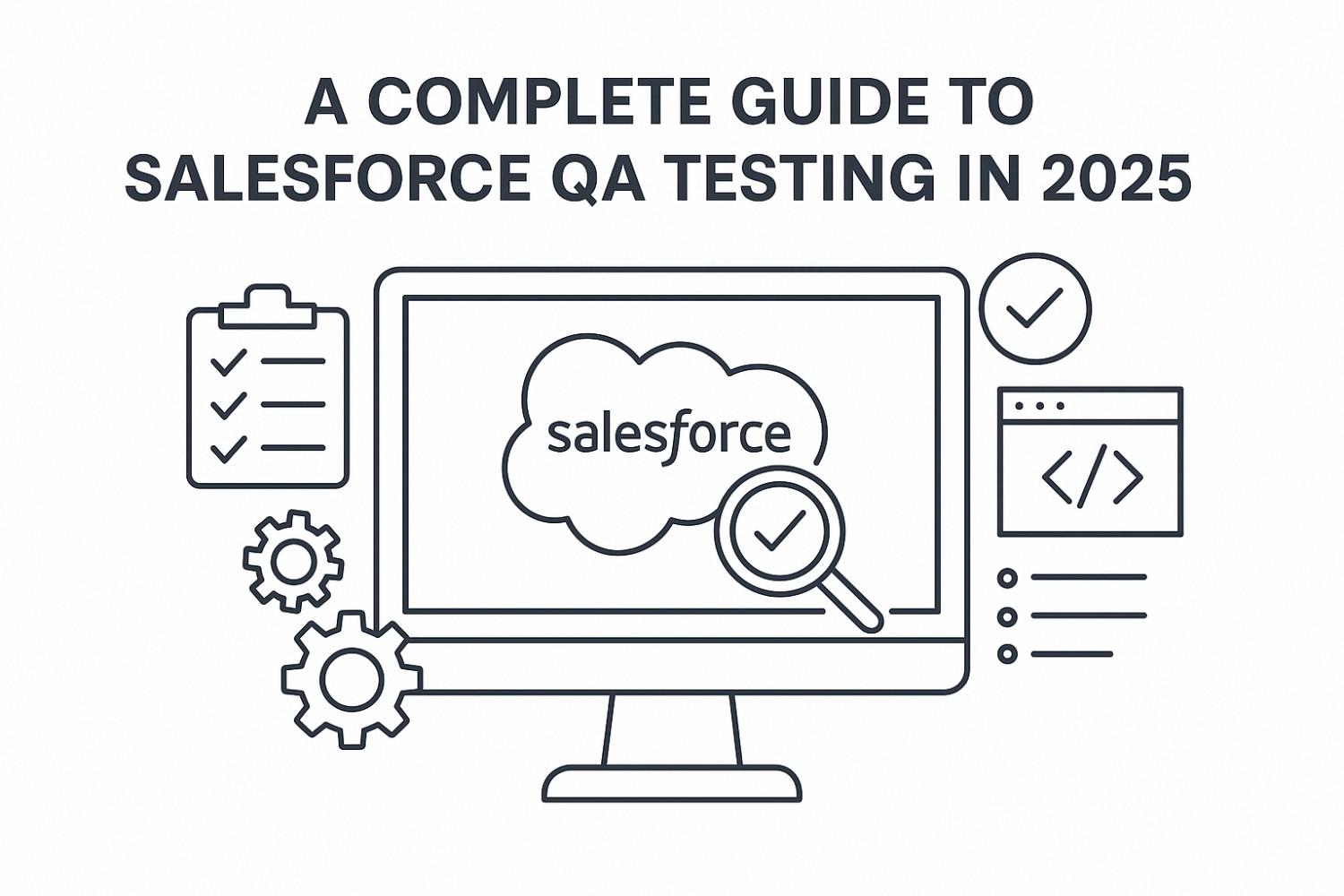You know that feeling when you bite into a perfectly crisp apple or savor a warm, fresh-baked cookie? It’s pure joy, right? But behind every safe, delicious bite is a system working tirelessly to keep things that way. That’s where HACCP certification comes in—a game-changer for anyone in the food industry who’s serious about keeping food safe and customers happy. If you’re involved in implementing, managing, or verifying food safety plans, this is your backstage pass to making sure every meal is a safe one. Let’s break it down, step by step, and explore why HACCP isn’t just a certification—it’s a mindset.
What’s HACCP, Anyway?
HACCP stands for Hazard Analysis and Critical Control Points. Sounds like a mouthful, doesn’t it? But it’s really just a structured way to identify risks in food production and stop them before they become problems. Think of it like a kitchen superhero, swooping in to spot potential villains—biological, chemical, or physical hazards—and neutralizing them before they can ruin the day.
This system was born in the 1960s when NASA needed to ensure astronauts’ food was safe for space missions. If it’s good enough for zero-gravity dining, it’s definitely good enough for your local bakery or restaurant. HACCP is all about prevention, not reaction. Instead of waiting for something to go wrong (like a customer finding a piece of plastic in their soup—yikes!), it helps you catch issues early.
Why Should You Care?
If you’re working in food safety, HACCP certification isn’t just a fancy badge to pin on your resume. It’s a signal that you’re committed to protecting people. Whether you’re a line cook, a quality assurance manager, or a food production supervisor, this certification equips you with the know-how to keep food safe from farm to fork. And let’s be real—nobody wants to be the one responsible for a foodborne illness outbreak. That’s not just bad for business; it’s a gut punch to your conscience.
Plus, customers are savvier than ever. They’re reading labels, asking questions, and expecting the places they eat to have their act together. HACCP certification shows you’re not just meeting expectations—you’re exceeding them.
The Seven Principles: Your HACCP Roadmap
HACCP isn’t about throwing darts at a board and hoping for the best. It’s built on seven core principles that guide you through the process of keeping food safe. Let’s walk through them like we’re mapping out a recipe for success.
1. Spot the Hazards
First things first: you’ve got to know what could go wrong. This means looking at every step of your food production process—whether it’s receiving raw ingredients, cooking, or packaging—and identifying anything that could make someone sick. Maybe it’s bacteria like Salmonella hiding in raw chicken or a stray piece of metal from a faulty machine. This step is like being a detective, sniffing out clues before they turn into trouble.
2. Find the Critical Control Points (CCPs)
Not every step in your process is a make-or-break moment. CCPs are the points where you can stop a hazard in its tracks. For example, cooking chicken to the right temperature kills off harmful bacteria. That’s a CCP. Storing it properly in the fridge? Another CCP. It’s about pinpointing the moments that matter most.
3. Set the Limits
Once you’ve got your CCPs, you need to establish clear rules for them. How hot does that chicken need to be to ensure it’s safe? (165°F, if you’re curious.) What’s the max time it can sit in the fridge before it’s risky? These are your critical limits—non-negotiable boundaries that keep things safe.
4. Keep an Eye on Things
You can’t just set it and forget it. Monitoring your CCPs is like checking the oven to make sure your cookies don’t burn. Whether it’s taking temperatures, checking pH levels, or inspecting equipment, you need systems in place to ensure everything’s running smoothly.
5. Fix It When It Breaks
Sometimes, things go off the rails. Maybe the fridge malfunctions, or a batch of ingredients isn’t up to par. When that happens, you need a plan to fix it—fast. This could mean tossing out a batch, adjusting a process, or retraining staff. The goal? Get back on track before anyone’s health is at risk.
6. Double-Check Your Work
Verification is your reality check. Are your monitoring systems actually working? Are you catching hazards before they become problems? This might involve reviewing records, testing samples, or even bringing in an outside auditor to give you a fresh perspective.
7. Keep Good Records
If you didn’t write it down, did it even happen? Documentation is the backbone of HACCP. It’s not just about proving you’re doing things right—it’s about having a trail to follow if something goes wrong. Think of it as your food safety diary, full of details about what you did and when.
The Certification Process: What’s It Like?
So, you’re ready to get HACCP certified. Awesome! But what does that actually involve? It’s not like studying for a driver’s test where you memorize a few rules and call it a day. Certificacion haccp is hands-on, practical, and—dare I say it—kind of exciting.
Most certification programs involve a mix of classroom learning and real-world application. You’ll likely take a course (online or in-person) that covers the seven principles, hazard analysis, and how to build a HACCP plan. Some programs, like those offered by organizations such as ServSafe or the International HACCP Alliance, include case studies or workshops where you practice spotting hazards and setting up CCPs.
After the coursework, you’ll usually need to pass an exam to prove you’ve got the goods. Some certifications also require you to develop a HACCP plan for a real or hypothetical food process. It’s like a final project that shows you can walk the walk, not just talk the talk.
How Long Does It Take?
Depending on the program, certification can take anywhere from a day to a few weeks. Short courses might be a 1-2 day intensive, while more in-depth programs could spread out over several sessions. If you’re balancing a busy work schedule, online options give you flexibility to learn at your own pace. Just don’t expect it to be a breeze—you’ll need to stay sharp and engaged.
Why HACCP Feels Like a Superpower
Here’s the thing: HACCP certification isn’t just about checking a box. It’s about gaining the confidence to handle whatever the food industry throws at you. Imagine walking into a kitchen and knowing exactly where to look for risks. Or being the person who catches a problem before it spirals into a recall. That’s the kind of impact you can have.
And it’s not just about you. When you’re HACCP certified, you’re part of a bigger mission to keep people safe. Every time someone enjoys a meal without a second thought, you’ve done your job. That’s something to be proud of, isn’t it?
A Quick Digression: The Human Side of Food Safety
Let’s take a step back for a second. Food isn’t just fuel—it’s memory, culture, and connection. Think about your favorite family recipe or that time you tried something new at a food truck and it blew your mind. Food safety isn’t just about avoiding illness; it’s about preserving those moments. HACCP certification lets you protect the joy of food while keeping the risks at bay. Pretty cool, right?
Challenges You Might Face (And How to Tackle Them)
Let’s not sugarcoat it—implementing HACCP isn’t always a walk in the park. For one, it requires everyone on your team to be on board. If your line cooks aren’t checking temperatures or your suppliers aren’t delivering quality ingredients, your HACCP plan can fall apart faster than a soufflé in a storm.
Another challenge? Time and resources. Small businesses, especially, might feel stretched thin trying to document everything or train staff. But here’s a tip: start small. Focus on one or two CCPs, get those nailed down, and build from there. You don’t have to overhaul your entire operation overnight.
And don’t forget about buy-in. HACCP works best when everyone—from the dishwasher to the manager—understands why it matters. Share stories of what could go wrong (without scaring the pants off them) and celebrate wins when things go right. A little team spirit goes a long way.
The Payoff: Why It’s Worth It
So, why go through all this effort? Because HACCP certification isn’t just about avoiding disasters—it’s about building trust. Customers trust you to serve safe food. Your team trusts you to lead with confidence. And you trust yourself to handle whatever comes your way.
Plus, it’s a career booster. Whether you’re aiming for a promotion or looking to stand out in a competitive industry, HACCP certification shows you’re serious about your craft. It’s like adding a secret ingredient to your professional recipe—one that makes you indispensable.
Wrapping It Up: Your Next Steps
If you’re ready to take the leap, start by researching HACCP certification programs that fit your needs. Look for ones accredited by reputable organizations, and don’t be afraid to ask colleagues for recommendations. Once you’re certified, keep learning—food safety is always evolving, and staying sharp keeps you ahead of the curve.
HACCP isn’t just a system; it’s a way of thinking. It’s about being proactive, staying curious, and caring enough to get it right. So, what’s stopping you? Grab that certification, and become the food safety hero your team—and your customers—need.





